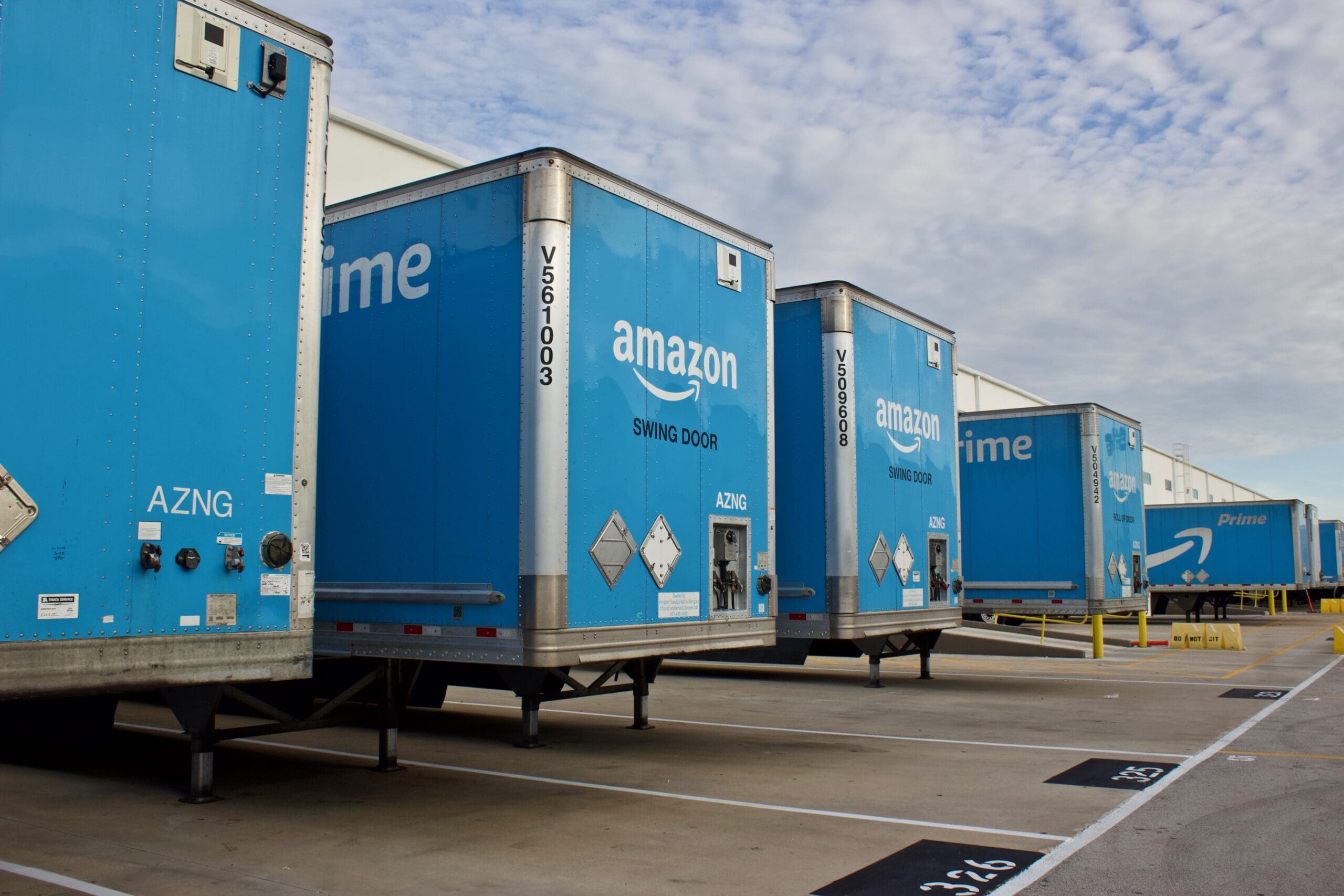Inventory forecasting can help businesses make better decisions while improving profitability. Inventory management techniques can help your business stock just the right amount of inventory, thus freeing up cash flow that is tied up in unnecessary inventory. Alternatively, your business may use inventory financing. If you plan to or are already using inventory financing, inventory forecasting is especially critical. Whether you are required to pay investors back as inventory sells or required to make a monthly payment with some type of term loan in place, accurate inventory financing can save you money while generating more profits. Oftentimes, business owners try to wing or guesstimate how much inventory they need. This can have devastating results on your business. Remember, running out of inventory can be just as costly as having too much inventory on hand. So how do you forecast inventory? Keep reading to learn how to forecast inventory.
What is inventory forecasting?
Businesses should forecast sales, inventory, and other measures of their business. Regardless of what you are forecasting, forecasting helps you predict and plan for the future. When it comes to inventory, forecasting is used to predict future inventory levels. Part of the inventory forecasting process usually involves keeping a close eye on sales and demand data. As a result of effective inventory forecasting companies can increase revenue and decrease unnecessary costs.
What are the benefits of inventory forecasting?
Inventory forecasting can benefit your business in many ways. Here are just a few of the benefits of inventory forecasting. . .
#1. Improve cash flow
For most businesses, capital is critical. For some businesses, purchasing and holding inventory consumes much of their cash flow. The idea is to achieve the perfect level of money and products coming in and out. Seamless flow. In some cases, businesses may not even have the cash flow to purchase inventory. Inventory financing is available for small businesses but if the business is unable to provide sales and forecasting data, it may be challenging to find an investor to loan you the money you need. Inventory forecasting can improve cash flow and business financials. As an added bonus, inventory financing can also help you secure inventory financing.
#2. Meet customer demand year round
Inventory forecasting can help you minimize stockouts. With inventory financing, you can deliver customers the products they need and want all year round. If you forecast properly, you should account for seasonal demand changes. Ensuring that you always have enough inventory on hand means no more lost sales revenue. Inventory financing can tell businesses when to restock and how many units to order.
#3. Reduce storage and holding costs
Stocking too much inventory can force companies out of business. Inventory can be expensive to hold, especially if you have to spend extra money storing a surplus of inventory. You may be tempted by the supplier offering you a discount to double your order, but think carefully. The 10% or 20% off they are offering you can easily be spent on a place to store the extra inventory. Inventory forecasting ensures that you know exactly how much inventory you need and when you need it.
#4. Reduce product waste
The leaner you can run your business, the better. Every business is sure to have some cash cows and star products. To determine which products are your cash cows, you probably had to go through plenty of trial and error – which is perfectly normal. However, don’t get lost in the trial and error stage. At some point you’ll need to start focusing on data and inventory forecasting to recognize which products are hot and which ones are not. Inventory financing can help you recognize which products are selling better than others. As a result, you can move more of the products that are moving quickly and generating products. For the products with a slow turnover, you may want to consider offering a bundle deal or some type of sale to get rid of them.
Inventory management forecasting techniques
By now, you are probably excited to start inventory forecasting. So how do you forecast inventory? Do you need to invest in expensive software or hire an expert? Eventually, you may. But in the early stages you can probably use basic techniques to forecast inventory on your own. If you have a system that tracks sales history, trends,reorder points, lead time, and safety stock, this will be a huge advantage. If you do not have a system that tracks these metrics, you should seriously consider investing in one. Afterall, your business won’t grow to the next level on its own. If you have to, you may be able to calculate this data on your own. Once you have collected this data, you will need to decide what forecasting method you want to use. Let’s take a look at 4 things you’ll need to use an inventory forecasting formula. . .
Step 1: Calculate lead time demand
How many days does it take for your vendor to fulfill your order? If you don’t already know, you will need to calculate this for inventory forecasting. Knowing your lead time demand ensures that you won’t run out of inventory while waiting for your next shipment. To calculate lead time demand (LTD) you can use the following formula:
LTD = average LT in days x average daily sales
Step 2: Measure sales trends
Rarely, are sales consistent 100% of the time. Most businesses have sales that fluctuate. Sales trends can help you understand what products are selling and when. You can focus on sales trends on a micro level, which would focus on a specific product for a short period, or you can focus on sales trends on a macro level. On the macro level for sales trends you would evaluate a range of products over a longer time frame.
Step 3: Set the reorder point
When you hit your reorder point, it’s time to reorder! Obviously, right? But what is your reorder point? You will need to calculate it. Keep in mind that reorder points should be adjusted every sales season. In addition, it should be variable based on forecasted sales trends. Here is one way that you can calculate your reorder point:
ROP = (average daily sales x lead time) + safety stock
Step 4: Calculate safety stock
While you don’t want to have a surplus of inventory on hand, you should have a little extra as a preventative measure. Safety stocks can prevent stockouts and counteract demand fluctuation. Here is one way you can calculate how much safety stock you should have available:
Safety stock = ( max daily sales x max lead time in days) – (avg daily sales x avg lead time in days)
Once you have analyzed the four steps above, you can determine which forecasting method you want to use. Some popular inventory forecasting methods include. . .
- Trend forecasting
- Graphical forecasting
- Qualitative forecasting
- Quantitative forecasting
Conclusion
Properly managing your business in regards to all aspects is critical for your success. If you feel overwhelmed by all the components involved with inventory forecasting, you should search for an advanced software that can simplify inventory financing. There is software available that can practically do all the calculations for you and place the inventory orders. However, most of these software will require investment. If you are experiencing cash flow problems, you should explore inventory financing options. By taking advantage of inventory financing, you can free up cash that can be used to refine and grow your business as a whole.
If you’re in need of inventory financing, you should consider Kickfurther. Kickfurther is the world’s first online inventory financing platform that enables companies to access funds that they are unable to acquire through traditional sources. We connect brands to a community of eager buyers who help fund the inventory on consignment and give brands the flexibility to pay that back as they receive cash from their sales. This alleviates the cash-flow pinch that lenders can cause without customized repayment schedules, allowing your brand to scale quickly without impeding your ability to maintain inventory or financial flexibility.
Discover affordable inventory financing. . . apply online today!






